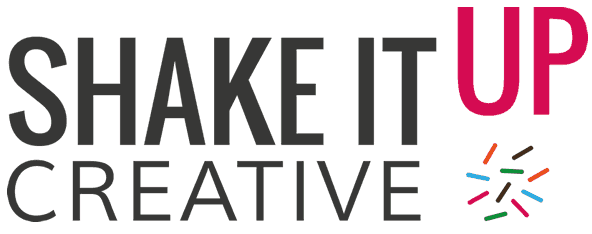
Word of mouth, as a term, has been a part of our vocabulary for 500 years and is now widely recognised within the business community as “the process of telling people you know about a particular product or service, usually because you think it is good and want to encourage them to try it.” So is this simply a natural occurrence and something that is out of our control as business owners and marketers? Or is there such a thing as a word of mouth marketing strategy?
When a customer is emotionally affected by a purchase, be it a service or a product purchase, this often leads to that person sharing their story. We’ve all done it. We tell a friend or family member how amazing the local café is or how a restaurant let you down last weekend by over-cooking your food, running out of menu items and being slow to serve and then not offering anything by way of an apology. Storytelling is part of our social conversations both face-to-face and online and this is word-of-mouth marketing (WOMM).
The analytics company, Nielsen, found that 92% of consumers believe recommendations from friends and family over all forms of advertising. 92%! But look at the rise in online reviews over the last decade and the way that comments from strangers also influence our digital shopping. Hubspot research found that 70% of consumers trust online reviews from previous customers (over brand marketing). Whenever I purchase something online for the first time I read reviews and that puts me in the 61% of shoppers that also do this (econsultancy stat).
So can we influence what is said and written about our services and products? Absolutely. Here are my top tips for a word of mouth marketing strategy.
Establish triggers
Limited deals, member offers, versatility and special events are all ideal triggers for recommendations. Eg. a nearby café redecorated as a Harry Potter themed café and fans in the area visited and then told their friends, shared the café’s link in Facebook groups and word of mouth marketing took hold. The cafe even ended up getting an article in several local papers. And carrying on with the food business theme, an example of versatility would be catering for vegetarians, coeliacs, vegans and mixed diet eaters at one location – visitors would know that groups with varying requirements could all be catered for and would recommend it as a place to meet.
Give value
If you go above and beyond, you’ll create brand advocates. Advocates sing your praises and will in turn send more customers your way. So try and add value through little extras or exclusives, sharing knowledge and making appreciated, informed recommendations. When your customer has had a great experience that extends beyond the expectations of what they have paid for, they are likely to talk about this with their friends or colleagues. Our clients have always been welcome to our #ShakeItHUB free help sessions, giving them added value.
Make people feel special
Generally people take the time to write a review or fill out a customer survey when they’ve had a really bad experience or a really good one. It rarely happens following a mediocre experience as there’s just not much to say that feels worthwhile. Aim for client happiness! Even if something goes wrong during a sale, how this is handled says so much about your business and can prevent a negative opinion being formed and shared. We aim to keep client communication flowing and also send out a thank you card at the end of a project, it gives us an opportunity to say thank you and hopefully makes the client feel appreciated.
Encourage reviews
You need to ask for reviews and make it easy for people to take that action for you. As we know, reviews and recommendations are relied upon in today’s digital world. I’ve seen businesses give out cards with instructions on, links to Google and Tripadvisor profiles shared through follow-up emails and people asked in person. My tip is also to try and ask at an optimum time. If there is a point during a sale or a project where your customer is delighted, take that moment to ask for their feedback there and then. Take advantage of their happy customer status.
 Turn these tips into a word of mouth marketing strategy by planning what actions you’ll be incorporating into your tactical marketing plan and at which stages of interaction with customers (or potential customers).
Turn these tips into a word of mouth marketing strategy by planning what actions you’ll be incorporating into your tactical marketing plan and at which stages of interaction with customers (or potential customers).
What about the naysayers?
Whenever I discuss Google Reviews in a workshop, I understandably see reticence from business owners that are concerned about getting a negative review that they can’t delete, especially if it is an unfair one.
Well, stats updated for 2020 by Writer’s Block Live, state that ‘Positive word of mouth occurs 3x as often as negative word of mouth.’ And, you can reply to any less-flattering comments carefully, with your side of the story and then continue that conversation in a private space if it’s needed. So let’s all think positive!
Have other word of mouth marketing ideas? Have you ‘gone viral’ with something? Do share your stories below.
Rachael Dines, Director of Shake It Up Creative
